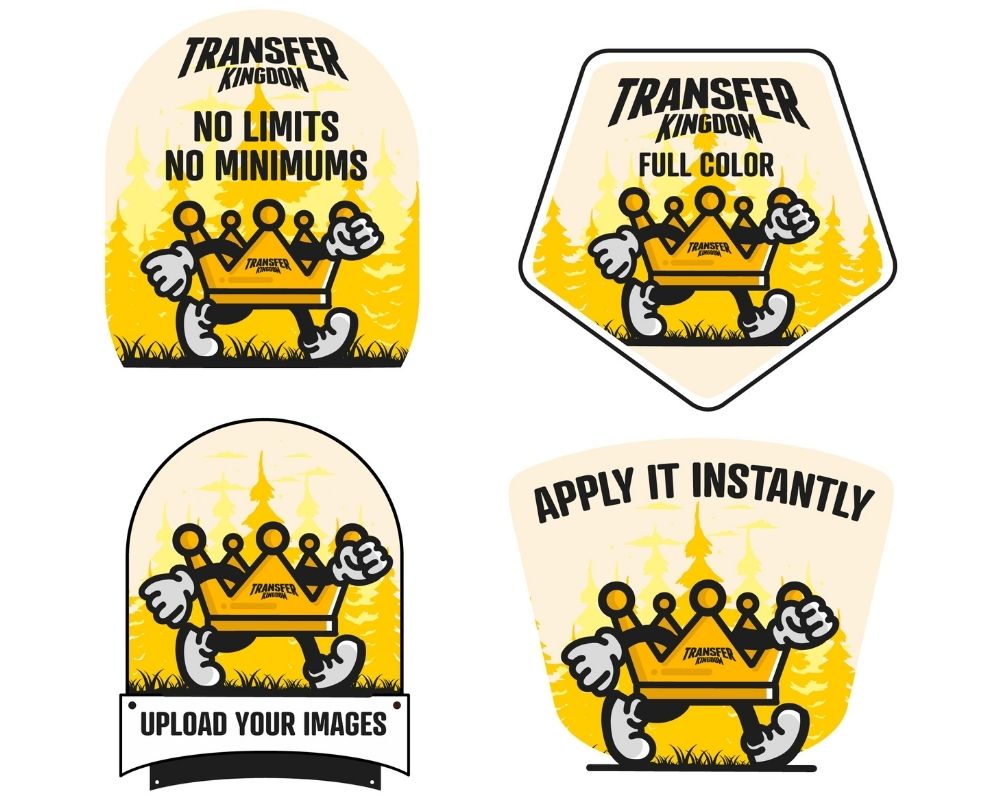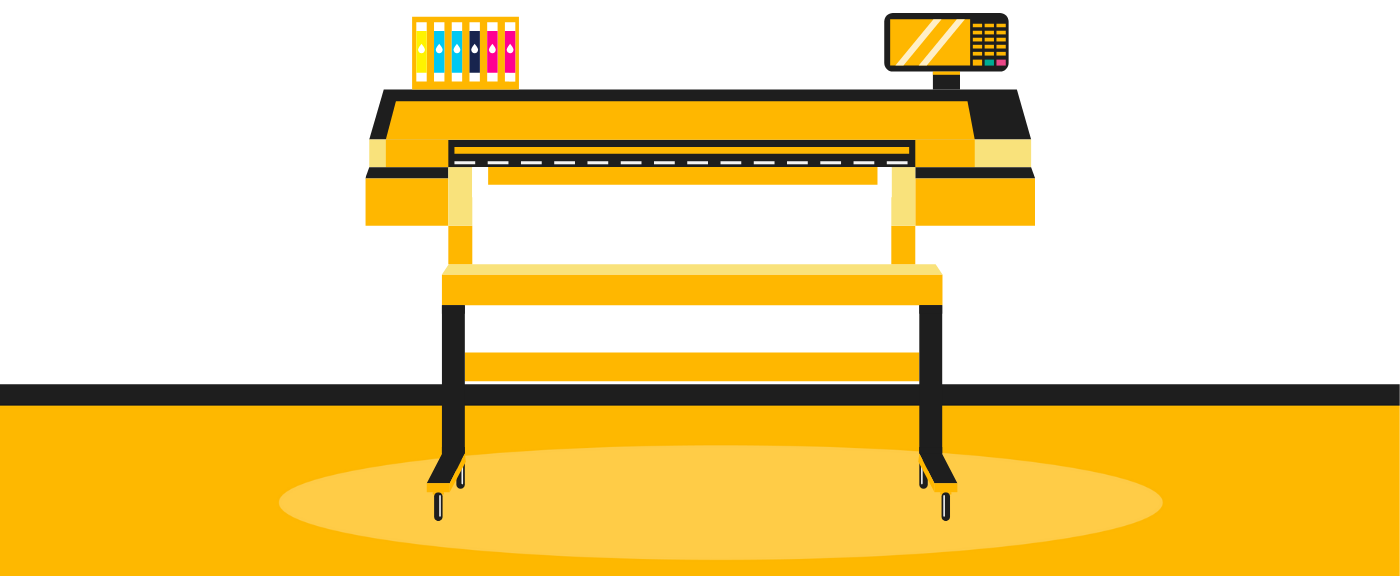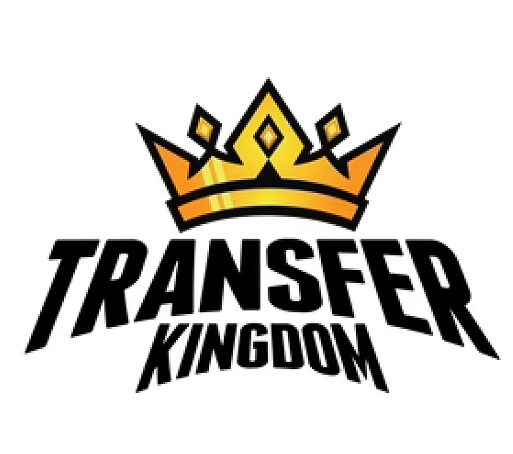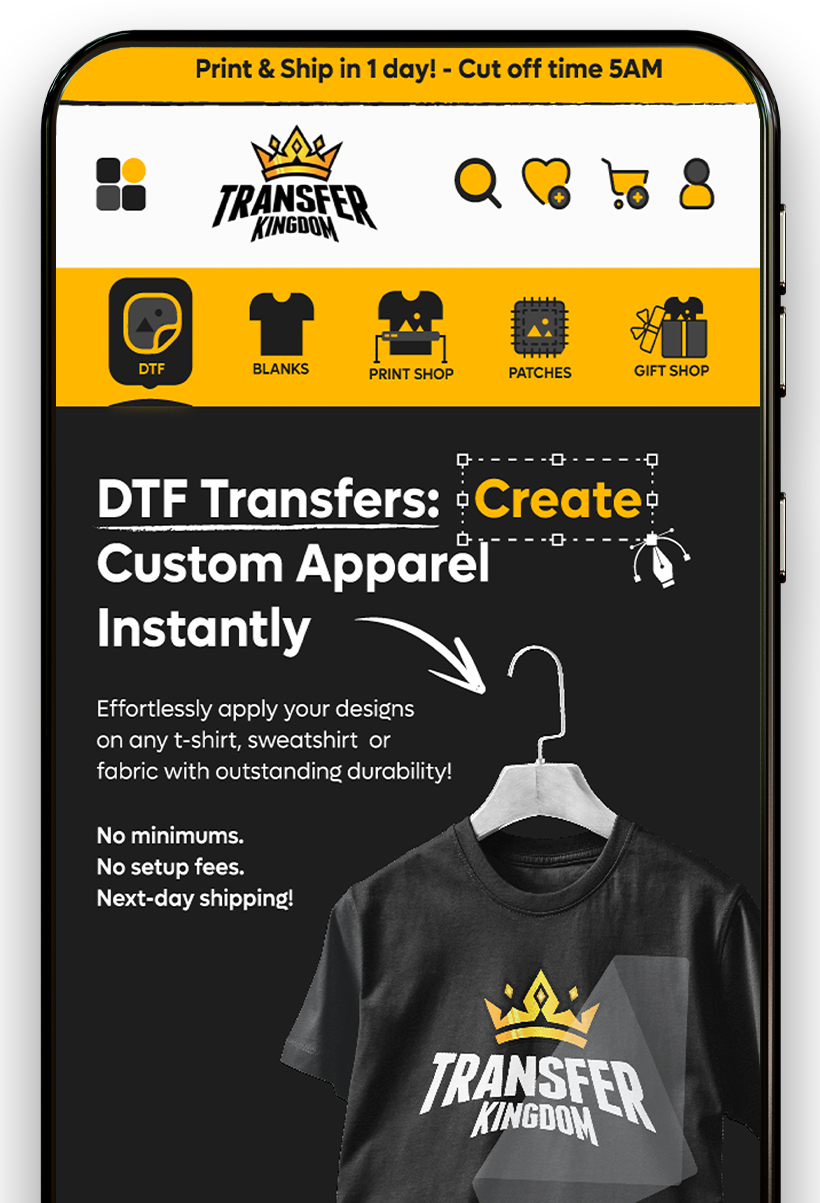Future of Direct to Film Printing: Top Innovations, Trends, Industry Forecasts

Direct to Film printing is quickly becoming the backbone of modern garment decoration. With innovations in automation, eco-friendly materials, AI-driven software, and hybrid technologies, the industry is set for explosive growth. From microbrands to large-scale manufacturers, those who embrace DTF now will be best positioned for the future of apparel customization.
The printing industry is undergoing rapid transformation, and at the heart of this change is Direct to Film (DTF) printing. What started as a niche solution for small apparel brands has now become one of the fastest-growing printing methods worldwide. With its versatility, affordability, and ability to produce high-quality designs on multiple fabrics, DTF is reshaping the garment decoration landscape.
As we look ahead, it’s important to understand not only where DTF stands today but also the innovations and trends that will define its future. This article explores the latest breakthroughs, industry shifts, and forecasts that can guide businesses in preparing for the next wave of growth.
Why Direct to Film Printing Stands Out
DTF printing has risen in popularity because it solves many of the limitations of traditional garment printing methods like screen printing, sublimation, and HTV.
Fabric flexibility: It works on cotton, polyester, blends, and even dark-colored garments.
Lower setup cost: Unlike screen printing, it doesn’t require expensive screens or large minimum orders.
Durability: Prints withstand repeated washes without fading or cracking.
Production efficiency: The process eliminates pretreatment and weeding, saving time.
For this reason, businesses of all sizes are adopting DTF transfers to streamline production while maintaining quality.
Key Innovations Driving the Future of DTF
1. Smarter Inks and Adhesives
2. Automation and Workflow Integration
3. AI in RIP Software
4. Hybrid UV-DTF Technology
5. Sustainable Materials

Emerging Trends Shaping the Industry
Beyond T-Shirts
While DTF is best known for custom t-shirts, its use is expanding across industries:
Home décor: Pillowcases, curtains, and linens.
Sportswear: Flexible prints designed for stretch fabrics.
Accessories: Hats, bags, and even sneakers.
Promotional items: Branded tote bags, giveaways, and uniforms.
Pairing blank apparel with custom transfers allows businesses to expand into these new markets quickly.
On-Demand and Short-Run Printing
Entry-Level Equipment for Entrepreneurs
Designer Collaborations
Industry Forecasts: What to Expect in 2025 and Beyond
Market Expansion: Analysts predict double-digit growth for the DTF segment as demand for customization surges.
Falling Equipment Costs: As competition among manufacturers increases, machines and consumables will become more affordable.
Automation Adoption: Larger print shops will rely heavily on conveyor-driven and automated DTF systems.
Eco-Certifications: Green standards for inks and films will become the norm, especially for global trade compliance.
E-Commerce Integration: Printers will connect directly with platforms like Shopify, Etsy, and WooCommerce to fulfill orders instantly.
DTF vs Other Printing Methods
| Feature | DTF Printing | Screen Printing | Sublimation | HTV (Heat Transfer Vinyl) |
|---|---|---|---|---|
| Fabric Compatibility | Cotton, blends, polyester, darks | Mostly cotton | Only polyester | Cotton, blends, limited |
| Setup Cost | Low | High | Medium | Medium |
| Durability | High | High | High | Medium |
| Design Flexibility | Full color, gradients | Limited by color layers | Limited to light colors | Solid colors only |
| Production Speed | Fast, scalable | Slower for small runs | Fast but limited | Medium |
Preparing Your Business for the Future of DTF
Invest in automation to prepare for growth.
Adopt sustainable practices early by sourcing eco-friendly films and inks.
Experiment with hybrid solutions like UV-DTF for premium products.
Diversify your offerings with accessories, décor, and promotional goods.
Leverage e-commerce integrations to scale globally.
For new entrepreneurs, starting with a DTF printing guide can be a great way to learn the workflow before scaling.
Suggested Visuals
A timeline chart showing the evolution of DTF from 2019–2025.
Infographic of the DTF workflow (design → print → powder → cure → press).
Comparison chart of printing methods (already included above).
What is the biggest trend in DTF right now?
Automation and sustainability are leading trends for 2025.
Will DTF replace screen printing completely?
No, but it will dominate short-run and on-demand production.
Is DTF profitable in the future?
Yes. Rising demand for custom apparel ensures profitability.
What’s new in DTF technology?
Hybrid UV-DTF printing and AI-powered RIP software are major breakthroughs.
Are DTF inks safe to use?
Most new inks are water-based and certified safe for skin contact.
How will pricing evolve?
Printers and consumables will become cheaper as adoption grows.
Can DTF expand beyond fashion?
Yes, it’s already being used in home décor, sportswear, and promotions.
What role does eco-friendliness play?
Recyclable films and low-energy curing will set industry standards.
Does AI really improve DTF printing?
Yes, AI reduces ink waste and improves design accuracy.
Is DTF good for beginners?
Absolutely. It’s affordable, easy to learn, and highly flexible.









